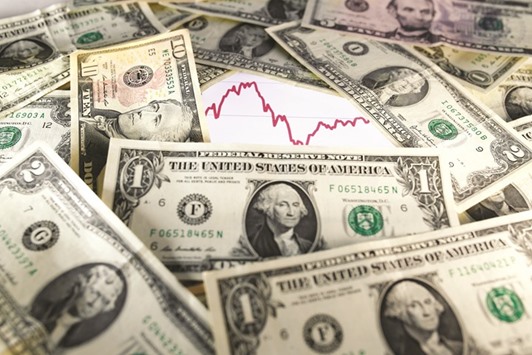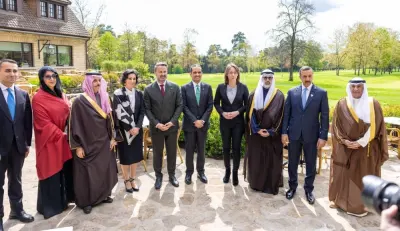The Gulf Cooperation Council (GCC) region is expected to maintain its currency peg with the US dollar despite “significant” appreciation in the real effective exchange rate (REER), which partly could pose challenge for the non-oil activity, the Institute of International Finance (IIF) has said.
“The pegs to the dollar are underpinned by large foreign currency assets and also the flexibility of the labour market in the GCC allows for improving competitiveness without the need for currency adjustment,” IIF said in a report.
The GCC currencies’ pegs to the dollar have remained in place during much more difficult environments, particularly in the 1990s when foreign assets were well below their current levels in terms of import cover or as a proportion of GDP (gross domestic product, and government debt-to-GDP ratios much higher.
Despite the significant appreciation of REER in the GCC and the large fiscal deficits, the authorities remain firmly committed to their dollar pegs, believing that the pegs safeguard economic stability, it said.
Highlighting that import and export volume elasticity with respect to REER are very “low”, given the limited domestic manufacturing and non-oil tradable goods sectors in the GCC; IIF said there would be some benefit in the form of boosting oil revenue in local currency, but the adjustment would also raise local currency costs of imported materials.
Stressing that demand for capital goods and raw materials is mainly influenced by the fiscal stance rather than by the REER, it said the fiscal gains from higher oil exports in local currency would be at least partially offset by a higher import bill unless public spending on infrastructure were reduced significantly, since much of public spending is on imported products.
“In contrast, the costs of de-pegging are significant in the short term,” it said, adding devaluation would lead to a spike in inflation, pressures to raise wages, and potential social unrest that would damage investor confidence and encourage capital flight.
The diversification efforts underway and the policies aimed at greater employment of nationals in the private sector need to be supported by competitive exchange rates. In this regard, the exchange rate could be an effective tool for achieving the desired policy objectives, including promoting diversification, the IIF said.
Finding that for almost three decades, the GCC countries have pegged their currencies to the US dollar; IIF had said last year supported by the flexibility of the labour market, their currencies’ pegs have provided monetary policy credibility and have helped deliver low inflation and inflation volatility.

US dollar notes are seen in front of a stock graph in this November 7, 2016 illustration. Despite the significant appreciation of REER in the GCC and the large fiscal deficits, the authorities remain firmly committed to their dollar pegs, believing that the pegs safeguard economic stability, the IIF said.



